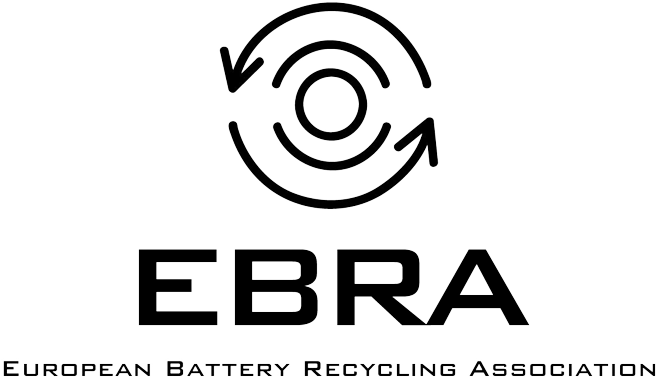
Focus 2: Recycling efficiency
The recycling efficiencies (RE) of batteries are probably the most important requirements of all, for battery recyclers.
The recycling efficiency simply means the minimum recycling rate that a battery recycler needs to achieve. It's called 'efficiency' instead of 'rate' because of some specific constrains on what can be accounted for in the recycling rate and how to report it.
The RE according to the battery Directive 2006 (Battery Directive)
The BD indicates 2 stages in the recycling of batteries and 3 recycling efficiencies (RE) depending of the battery chemistries.
Stage 1: Preparation for recycling (Also called 'Treatment' in the BD)
The preparation for recycling consist of pliminary operations like:
removing all fluids and acids (today, for Pb-acid batteries only).re
Temporary storage on sites with impermeable surfaces and suitable weatherproof covering or in suitable containers.
Stage 2: Recycling itself
In this stage the integrity of the battery is disrupted to recycle some materials. The BD stipulates 3 recycling efficiency rates:
| Pb-acid | NiCd | All other types (chemistries) of batteries (°) |
|---|---|---|
| recycling of 65 % by average weight of lead-acid batteries and accumulators, including recycling of the lead content to the highest degree that is technically feasible while avoiding excessive costs. | recycling of 75 % by average weight of nickel-cadmium batteries and accumulators, including recycling of the cadmium content to the highest degree that is technically feasible while avoiding excessive costs. | recycling of 50 % by average weight of other waste batteries and accumulators. |
(°) this category includes Alkaline and ZnC batteries, button cells, Li-primary, NiMH, Li-Ion, etc.
If an overall recycling rate is indicated, however:
There is no obligation to recycle / recover metals in a particular form. The recycled product can be a metal or a metallic compounds.
Other materials contained in battery may also be recycled but the recycler is free to choose what to recycle from the battery as long as the recycling efficiency target is achieved; In practice, recycling the metal (compounds) contained in batteries is not sufficient to reach the RE target: other materials need to be recycled too.
The RE is a material recovery target. Fractions from batteries undergoing an incineration with energy recovery cannot be accounted for. In the same way, waste for final disposal/elimination cannot be accounted for in the calculation of the RE.
The future of the recycling efficiency
With the ongoing revision of the Battery directive, the requirements for recycling batteries will certainly evolve over time. The new requirements have not been published yet. However, the following is under consideration:
Increasing the overall RE as Europe wants to become less dependent from external non-European) resources and wants to implement the concepts of Circular Economy.
A special attention will be devoted to Li-ion batteries as they are now and in the future representing one of the largest stream of batteries (thanks to EV , stationary storage of electricity, Etc.). Moreover, LIB also contain some very valuable materials Europe is lacking as primary resources (Co, Ni, Li..).
The recycling content in new batteries: the European authorities would like encouraging the recycling of materials from used batteries in new battery grade materials that could be used to manufacture new batteries, closing at least partially the material loop.
Link to other pages:
